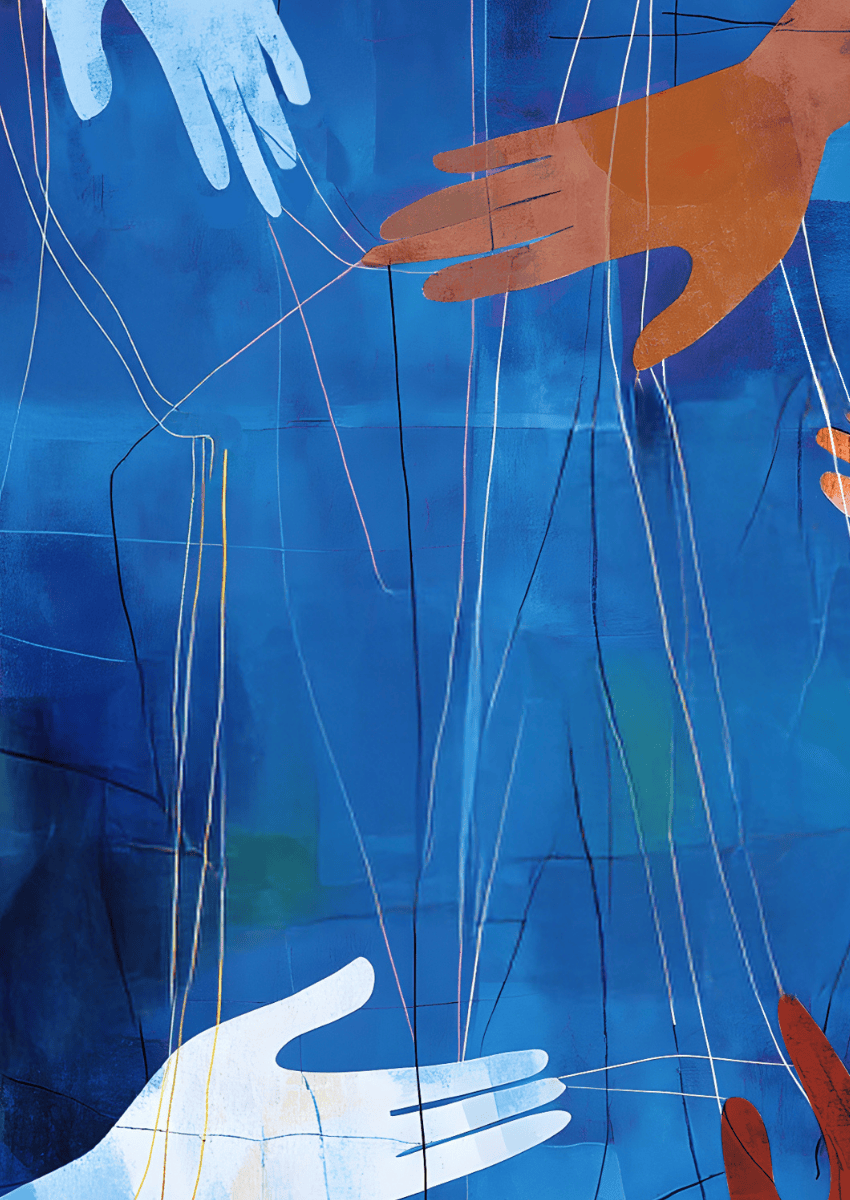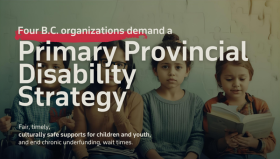The Federation of Community Social Services of BC is a provincial association representing over 155 social services organizations that deliver essential social services throughout B.C. Our members work on the front lines of care, supporting children, youth, families, seniors and individuals navigating complex challenges. With over four decades of collective leadership, we are a trusted, values-driven voice in British Columbia’s social policy landscape.
The Federation will be closed for one week starting December 24, 2026. Our final day in the office will be December 23, 2025, and we will resume regular operations on January 2, 2026. We wish everyone a joyful holiday season!











